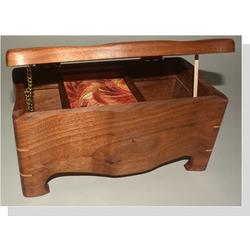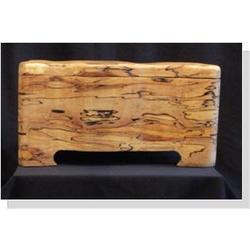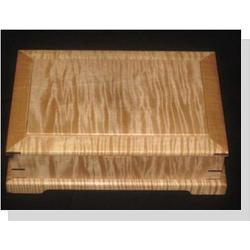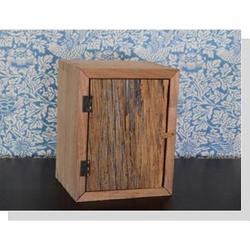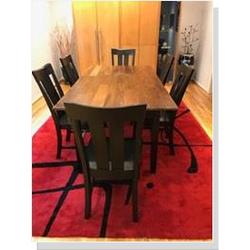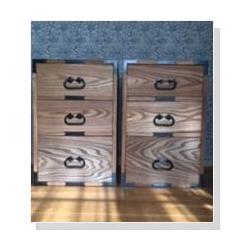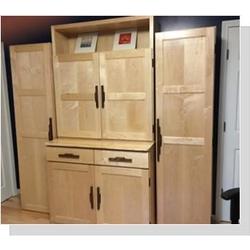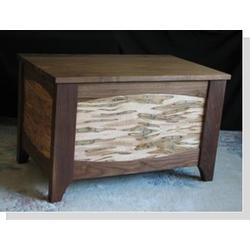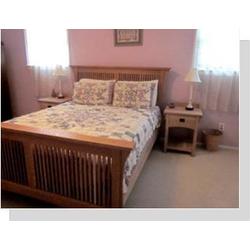
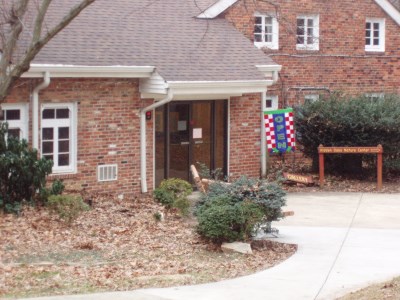
Artisans United Gallery and Shop
4022 Hummer Road
Annandale, VA 22003
703-941-0202
Tuesday - Saturday 10 am to 4 pm
www.augallery.org
More: Artisans United Craft Gallery
Artisans Brochure
OTHER ANNANDALE ARTISANS
Karen Bowes
Robin Milburn
Dan Burke
Peggy Taves
Jean Lee
Gini Moore
Paul Gesalman
Sylvie M. Kostrzewski
The pictures above are the work of Artisan Dan Burke. His work and that of other artisans can be seen and purchased at the Artisans United Gallery in Annandale.
(Copyright © 2012 Annandale Chamber of Commerce. All rights reserved. (Photographs & images, on this page, and on this website, are not available for use by other publications, blogs, individuals, websites, or social media sites.)
MEET THE ARTISAN
Dan Burke, Woodworker
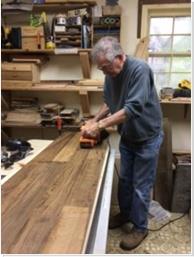 Dan Burke came to woodworking after a career in academics and research. He received a doctorate in microbiology from Purdue University and then spent over 20 years as a researcher and teacher in molecular biology at several universities (University of Illinois, Mercer University and Seton Hall University), serving as Chairman of Biology at the latter two institutions. He then spent seven years working on educational reform in K-12 math and science at the National Science Foundation as Senior Staff Associate for Education System Reform. In this position, he worked with the Superintendents of the 25 largest urban school districts in the country and a number of consortia of high-poverty rural school districts. After leaving NSF, Dan started the educational research group at the Center for Naval Analysis Corporation. He retired from CNAC but went back to work at the request of New York University to serve as Director of the Doctoral Program in Computational Biology.
Dan Burke came to woodworking after a career in academics and research. He received a doctorate in microbiology from Purdue University and then spent over 20 years as a researcher and teacher in molecular biology at several universities (University of Illinois, Mercer University and Seton Hall University), serving as Chairman of Biology at the latter two institutions. He then spent seven years working on educational reform in K-12 math and science at the National Science Foundation as Senior Staff Associate for Education System Reform. In this position, he worked with the Superintendents of the 25 largest urban school districts in the country and a number of consortia of high-poverty rural school districts. After leaving NSF, Dan started the educational research group at the Center for Naval Analysis Corporation. He retired from CNAC but went back to work at the request of New York University to serve as Director of the Doctoral Program in Computational Biology.
Dan has published a number of papers in biology research journals and articles on curriculum development, teacher professional development, and the use of computer modeling to better understand the function of school systems. He has been awarded a number of grants in both molecular biology and education research.
His career as a woodworker began when he and his wife, Susan, moved to Annandale in 1996. They wanted a built-in bookcase for their new home so, at the suggestion of his wife, he took a basic woodworking course at the Woodworkers Club in Vienna. "It was fun, and showed me I could build the bookcase. After building the bookcase (six months of work), he had leftover wood that was used to build a small bookcase.
Still having some "nice looking scraps” he tried his hand at making jewelry and keepsake boxes and found he really enjoyed building them. Eventually all their family and friends had gift boxes and the house was filled with furniture he had built. This forced him into a sort of “semi-professional” status. “If I didn’t sell my work, I would have no place for it.”
“The furniture and box making then evolved together," he says, noting that to him, what he does is both fun and creative, although he doesn't think of himself as an artist. "There's a challenge of getting better technically and also there is something at the end that you can feel and touch that is the embodiment of an idea that you had when you started," he says.
What undergirds the work is the wood itself. “I like to make things that are useful and true to the wood,” Burke says. “Working with wood is great. The way it looks, the way it smells, the way it feels.” "I will see a piece of wood that looks cool and buy it," he says, sometimes holding it for years before determining what to make with it.
He is fond of American hardwoods like oak, walnut, cherry, and various maples, but also uses exotics, such as bloodwood, canary and zebra wood, among others. He has also used barn wood, sandstone, and ceramic tile in his work.
“I’m not good at thinking geometrically, so my designs come from a feeling, rather than a vision. I like fairly simple things,” Dan says. “In furniture, I’m inspired by the Shaker, Arts and Crafts, Mission, Greene and Greene, and Japanese Tansu.” All of these are styles that often incorporate the joinery as part of their design and each has particular unique touches. Also shaping his work is what he has learned from a variety of wonderful woodworkers including Richard Gordon, Stephen Proctor, and Doug Stowe.
Two concepts underlie his designs: to make pieces that highlight the wood grain and color and that one wants to touch and use. Thus, he uses relatively simple designs based on squares, rectangles, and gentle curves, and often incorporates woods of different colors or hues into his work. In much of his work, as in the styles that influence him, the joinery is highlighted and other particular elements are incorporated. “I also use a variety of textures, from extremely smooth to rough hewn, to complement the wood. “ He is especially drawn to incorporating pieces that have what others might see as imperfections.
In building furniture and boxes, all of this comes together in an interesting artistic and design exercise. One begins considering the basic elements: its overall shape (linear, curved, or a combination of the two); what wood to use (light, dark, open versus closed grain, single or multiple species); what joinery to use (structural or also used as design elements); what hardware will be needed (hinges and/or door or drawer pulls, and, if so what kind and style (wooden, metal) and how does the hardware complement the look of the piece. One must also consider the piece’s interior as it relates to its use and, when possible, how it can provide an attractive surprise when opened. Finally, what finish to use, (oil-or water-based, satin, semi-gloss, or gloss) and how durable it should be.
As a box builder, it took a little while to determine what designs would attract people and that he enjoyed building. But his work has gained a following. People use his boxes to hold jewelry and other keepsakes of course, but they have also been used as a vessel to hold the wing bone of an auk by an artist who does bird illustrations. His pieces have also become funerary urns, holding the ashes of loved ones.
His commissioned furniture pieces have included a day bed, a variety of bookcases, cabinets, and chests, and a number of tables. One particularly interesting piece is a dining table made of Muninga, a wood from Zimbabwe. The wood was obtained by repurposing a living room set that the client’s parents had brought to this country when they emigrated over forty years ago.
His work can be seen and purchased at the Artisans United Gallery in the Annandale Community Park just off of Hummer Road in Annandale.
They can also be seen on his website, DBurkeDesigns.com and Facebook page, DBurkeDesigns. His work has also been exhibited at the yearly “Gallery” Craft Show, First Unitarian and Universalist Church, and in the gift shop of the Virginia Museum of Fine Arts in Richmond. Other Virginia shows where Dan’s work can be found are: The Fall Foliage Festival, Waynesboro, The Barn Show, Timberville, and Art-at-the-Mill, Milwood.

ARTISANS UNITED GALLERY
4022 Hummer Road
Annandale, VA 22003
703.941.0202 . www.augallery.org
10-4, Tuesday through Saturday and 1-4 on Sunday
Reproduction of this article or photographs requires the written permission of the author and The ENDEAVOR News Magazine. Photographs are courtesy of the author with all right of use reserved. (Copyright © 2012 Annandale Chamber of Commerce. All rights reserved. (Photographs & images, on this page, and on this website, are not available for use by other publications, blogs, individuals, websites, or social media sites.)
Copyright 2012 Annandale Chamber of Commerce. All rights reserved. Privacy Policy

